This month journalists and fact-checkers in India have encountered videos and images related to the Taliban taking over power in Afghanistan after 20 years of conflict. As newsrooms verify old, misleading and false images and videos showing terror attacks, violence against women and conflict in a politically unstable environment, this imagery has added to their recent experience of dealing with distressing images and videos related to the second wave of COVID-19 in India. Unfiltered feeds from social media and messaging apps and misleading content aired by mainstream media has exposed fact-checkers to graphic images on a daily basis. While audiences have more opportunities to turn off such news feeds, journalists and fact-checkers are required to work extensively with such traumatic imagery. This constant exposure can cause vicarious trauma and can impact journalists’ mental health and wellbeing.
In this article we speak to Ekta editors to understand how they are dealing with the psychological effects of regular exposure to graphic imagery. What is the aftermath of such exposure on fact-checkers? Can newsrooms develop certain practices in dealing with graphic images? What support and resources can be made available to fact-checkers experiencing vicarious trauma? These are areas we explore with Ekta’s editors who are on the frontlines of handling graphic imagery.
Guidelines and practices to deal with traumatic content
Organizations handling graphic content that depicts violence are beginning to take structured steps to support their teams. The Dart Center for Journalism and Trauma recommends simple rituals, deliberative pauses, and other acts that build in a certain amount of distance from content. These can help cultivate a sense that one is in charge of the material, rather than the other way around.
Editors at Ekta have put in place guidelines and practices in their newsrooms to deal with traumatic content.
Factly’s practices include the following:
- Sharing clear disclaimers before sharing any traumatic content with the larger team
- Conducting regular reviews with the team to understand if they have had any traumatic experiences, and taking them off from such work if a need arises
WebQoof takes the following steps on a daily basis:
- Give yourself some time. Don’t ignore it if your mind tells you that you can’t do it. Take a break and come back to it later, if that helps.
- Switch off after work hours and do something that makes you feel better. Read, go for a walk, sleep, watch something that makes you happy.
- Talk to your friends, colleagues at work about it. Don’t hesitate or think that you’d be misunderstood.
- Share graphic imagery with other colleagues with a trigger warning
India Today Fact Check recognises that journalists and fact-checkers have been exposed to traumatic content online and on the ground. The following steps have been recommended to team members who have participated in an intensive training on mitigating traumatic content:
- Turning off audio while watching content that is potentially traumatic
- Watching images in black and white by reducing colour vibrancy to reduce the impact of graphic images
- Adding warnings to alert audiences about traumatic content. This is a practice that is followed for all fact-checks where original claims include graphic imagery.
- Content that is extremely violent and disturbing is also not included in the fact-checking process.
- Deep breathing exercises to release tension and trauma
- Bracing oneself before watching such content during work
BOOM recognises that exposure to traumatic imagery causes vicarious trauma and leads to long term adverse effects on individuals. The situation in Afghanistan and the recent spate of attacks on minorities in India has created a perfect storm of triggering videos and images. This is in addition to a prolonged anxiety-inducing news cycle over the pandemic and uncertainty about the future. The following steps are recommended by BOOM to mitigate the impact of working in such an environment:
- Create a virtual separation for work. With work from home several teams are communicating online, especially using WhatsApp. If possible, move to Slack so that work messages don’t blend into non-work conversations.
- Give a disclaimer (such as Trigger Warning - photo shows blood/video of an execution/ mob thrashing a woman/ video shows child abuse) when sharing graphic and triggering imagery
- Don’t view triggering messages on your phone. Have a designated work space where you can view such content
- Watch triggering videos without the sound on first viewing. If the audio is essential to the fact-check it can be heard later. Covering portions of the video with a book or a cut-out while working on the video also helps. We use blurred out screenshots and don’t provide URLs to violent imagery.
- Create filters on personal and work social media handles that disable auto-playing of any video. That way you are not blindsided if someone outside the organisation tweets a triggering video without giving a heads-up.
- Not everyone on the team needs to view triggering content. If you’re not working on the fact-check there’s no reason to view such content
- Don’t carry around traumatic images and videos on your phone. Schedule time at least once a week to delete traumatic content from your phone.
- Don’t watch triggering content after work hours and especially don’t watch it closer to bed time.
- If possible rotate team members so that the burden of watching triggering imagery is not shouldered by a few and everyone gets a break to recover. Tell team members it’s healthy to speak up and ask for help if they are feeling stressed from watching traumatic imagery.
- Following a self-care routine is critical. Do something that soothes/that is social/that involves movement and something that gives you joy. If all of those things can be combined while being in nature, then even better. (Meditation, exercise are great stress busters).
Recognising the need for self-care and reducing the stigma around mental health
Fact-checking groups are also beginning to realise that mental health issues and concerns cannot be ignored as they affect people’s mental health. Repeated exposure and interaction with visuals can be disturbing and distressing for fact-checkers. Institutional mechanisms have been designed by some Ekta groups to address the issue. Vishvas News conducts regular meetings to understand if team members are facing any work-related issue. Jagran News Media has also put in place specific policies for content creators covering traumatic and graphic content. Factly conducted an in-person wellness workshop for the team. India Today Fact Check recognises that being sensitive to such mental health issues is not a weakness and team members might feel disturbed and that it’s important to acknowledge the issue.
Mitigating vicarious trauma
Seeking out community and organisational support can help those who have been exposed to traumatic content. WebQoof recommends conversations about trauma awareness and trauma literacy. Hearing more from people who have been working in this space can potentially help individuals and can support them in enabling their teams to cope with the issue.
We collaborated with 53 partner organizations worldwide to design and carry out our 2024 elections projects. We extend special gratitude to our lead partners in Brazil, Mexico and Pakistan, whose work we highlight in this essay.
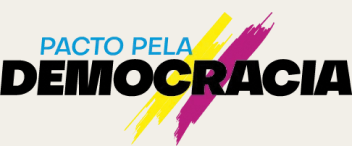
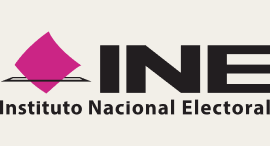
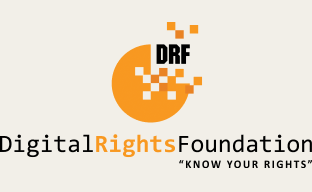
The 2024 elections projects featured in here would not have been possible without the generous support of these funders.
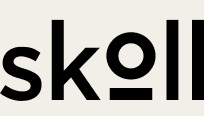


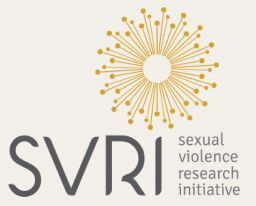
Footnotes
References
Authors
Words by
<p>Ekta is a consortium of Indian fact-checking groups collaboratively addressing misinformation.</p>
Shalini Joshi leads Meedan’s regional work and global network in the Asia Pacific Region. She is the co-founder of Khabar Lahariya, India's only independent, digital news network available to viewers in remote rural areas and small towns. Shalini supports and trains civil society groups and fact-checkers on digital literacy and journalism.








